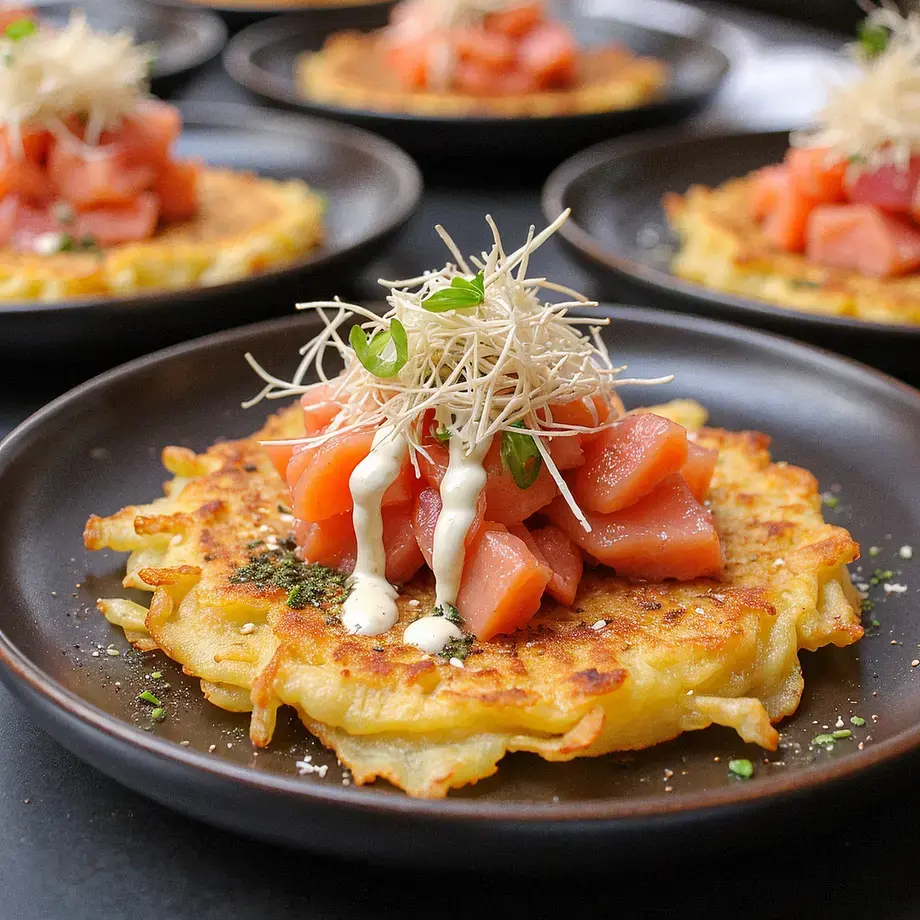For decades, Michael Mina was known for his polished fine dining restaurants—Bourbon Steak, Stripsteak, and countless others—where luxury met restraint and precision was paramount. But his latest project is something far more personal: My Egypt, a cookbook that honors the flavors, memories, and techniques of his Egyptian heritage.
“I grew up in a hardcore Middle Eastern household,” says Mina. “The food was high in acid, high in spice, high in fat—and always balanced.” That early palate, shaped by his mother’s home cooking, would later inform Mina’s signature culinary philosophy: every dish must strike a careful chord between sweet, acid, heat, and richness. But for much of his professional life, Mina didn’t speak publicly about his background. “For the first 18 years of my life, I didn’t go by Michael,” he says. “I didn’t bring friends over for dinner. We weren’t serving spaghetti and hamburgers.”
My Egypt is Mina’s way of reclaiming and reintroducing that part of himself—on his own terms.
A Journey Back Home
Though Mina was born in Cairo, he spent his childhood in central Washington state. “We didn’t have the luxury of visiting Egypt often,” he says. “So when I finally went back as an adult, it was overwhelming.” Over the course of developing the book, Mina made six separate trips to Egypt, reconnecting not just with place, but with people—especially a local chef and culinary historian who became a vital guide through Egypt’s culinary past.
Together, they traveled through the country, researching dishes, meeting home cooks, and reimagining traditional preparations with a modern sensibility. The book is not about offering the definitive version of any one dish, Mina says. Instead, it’s about starting with a foundation and building something that reflects his life’s journey as a chef.
“Take ful medames,” he says. “It’s a dish I always asked my mom for, and it’s in the book. But every region in the Middle East has its own version. That’s what makes it beautiful.” Or koshari, the beloved Egyptian street food made with rice, lentils, chickpeas, caramelized onions, spicy tomato sauce, and a sharp pepper water. Mina’s take, featured in the book and at one of his restaurants, layers the classic flavors beneath a braised lamb shank, adding depth and dimension to a dish deeply rooted in nostalgia.





















